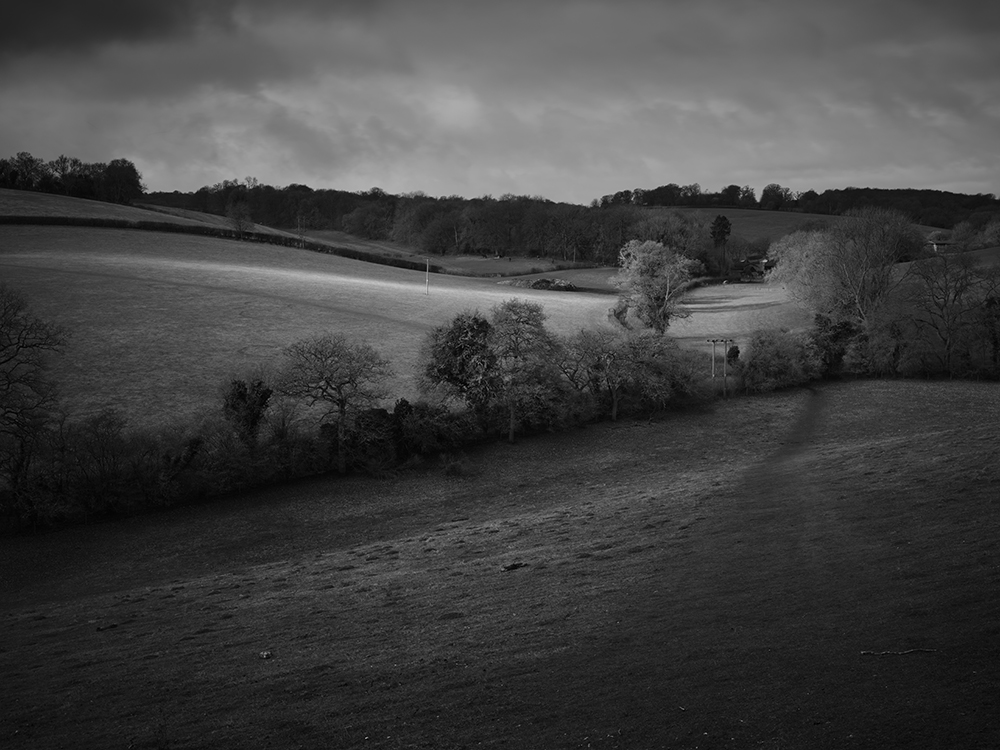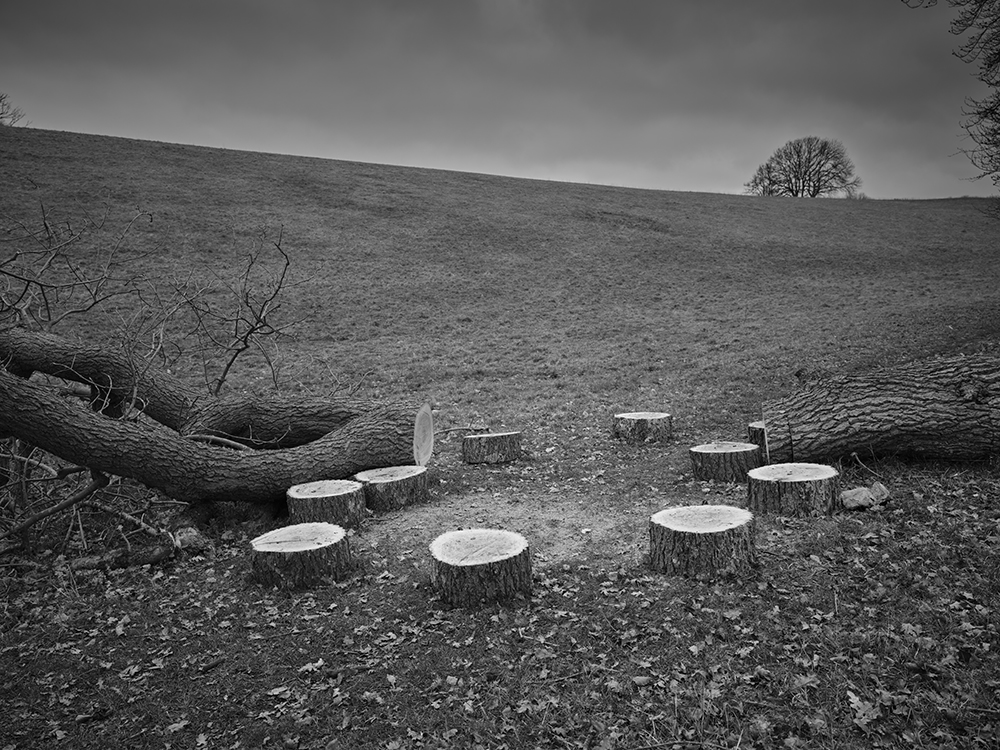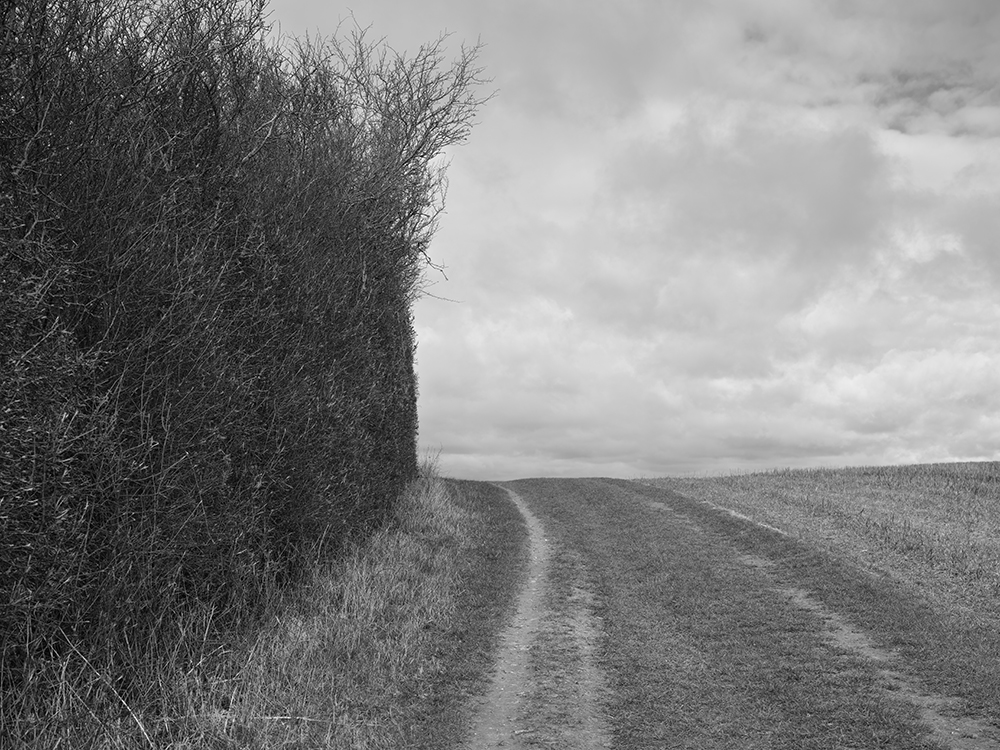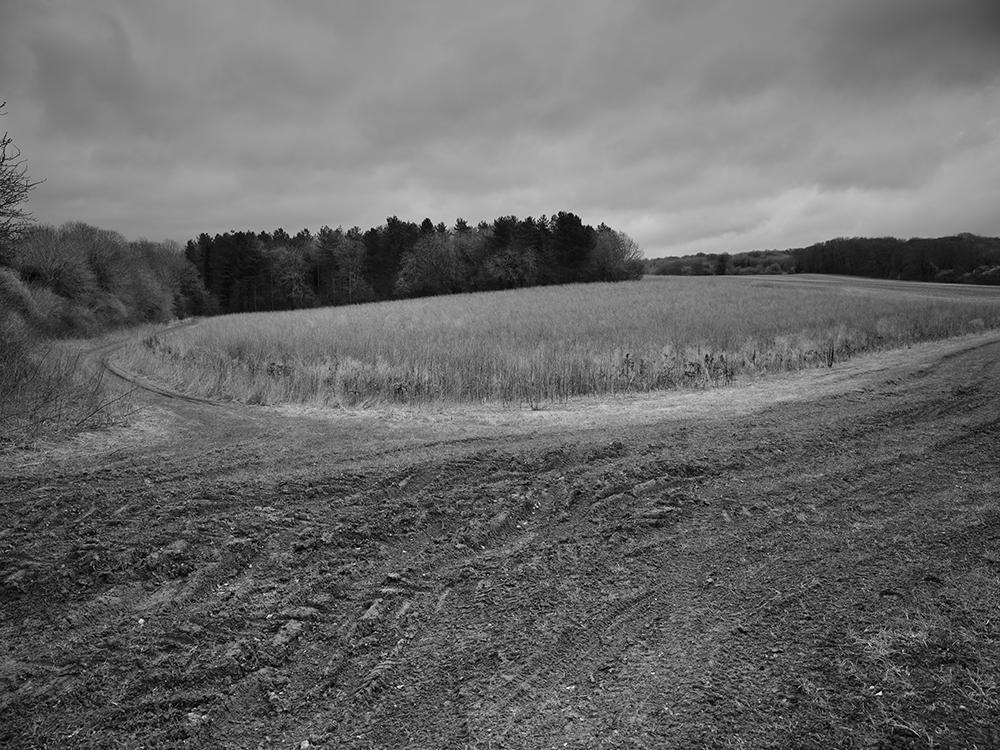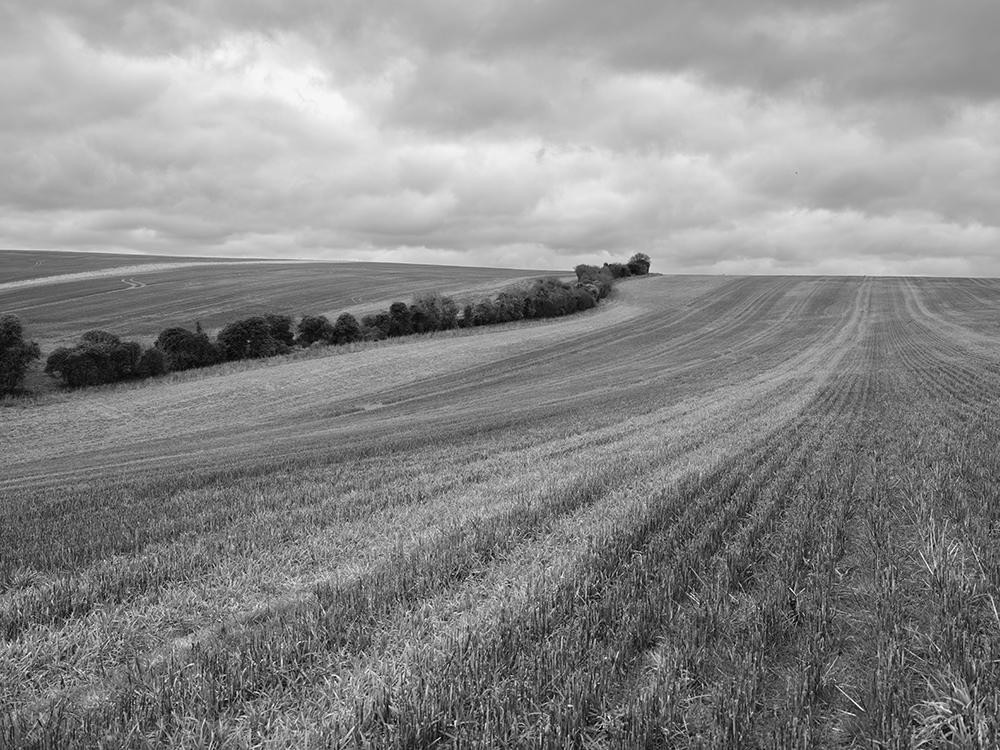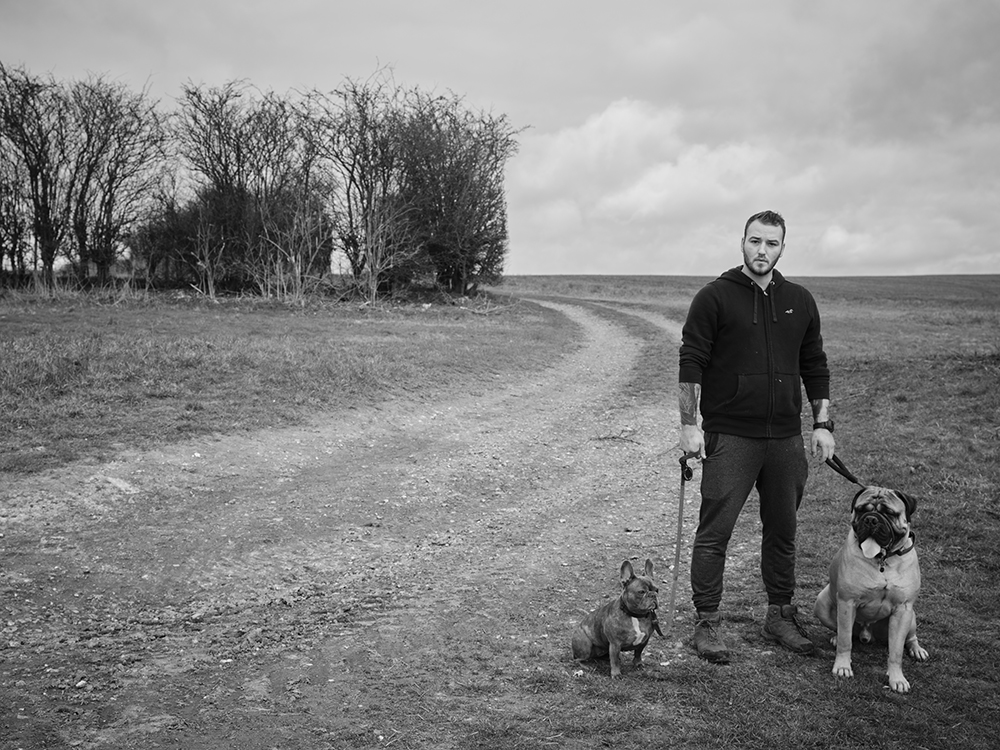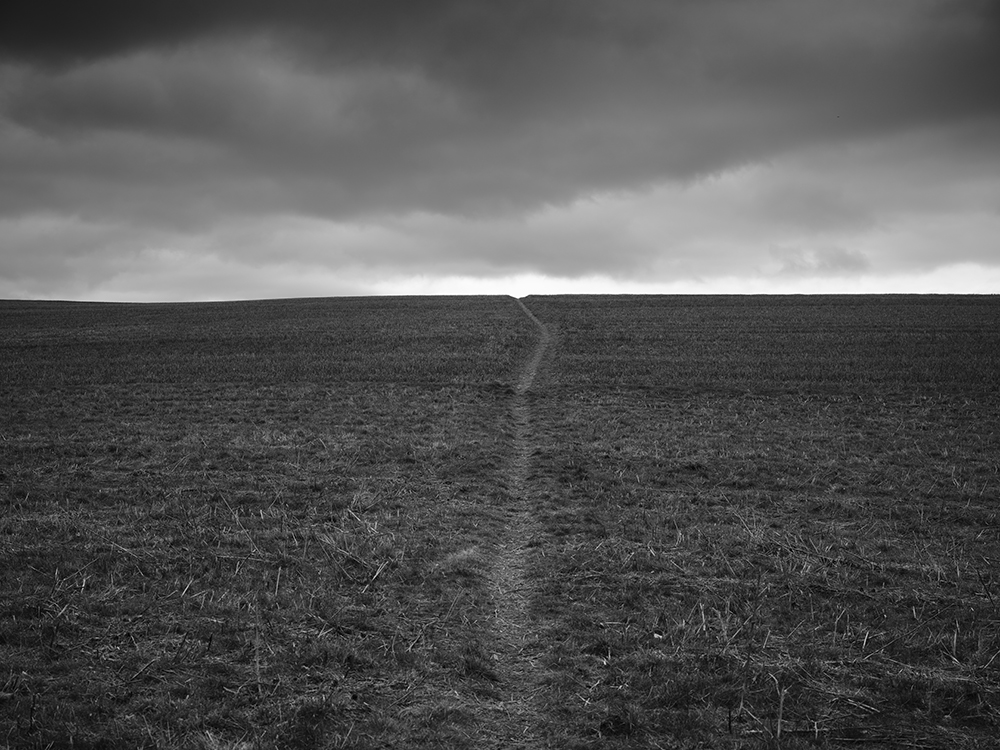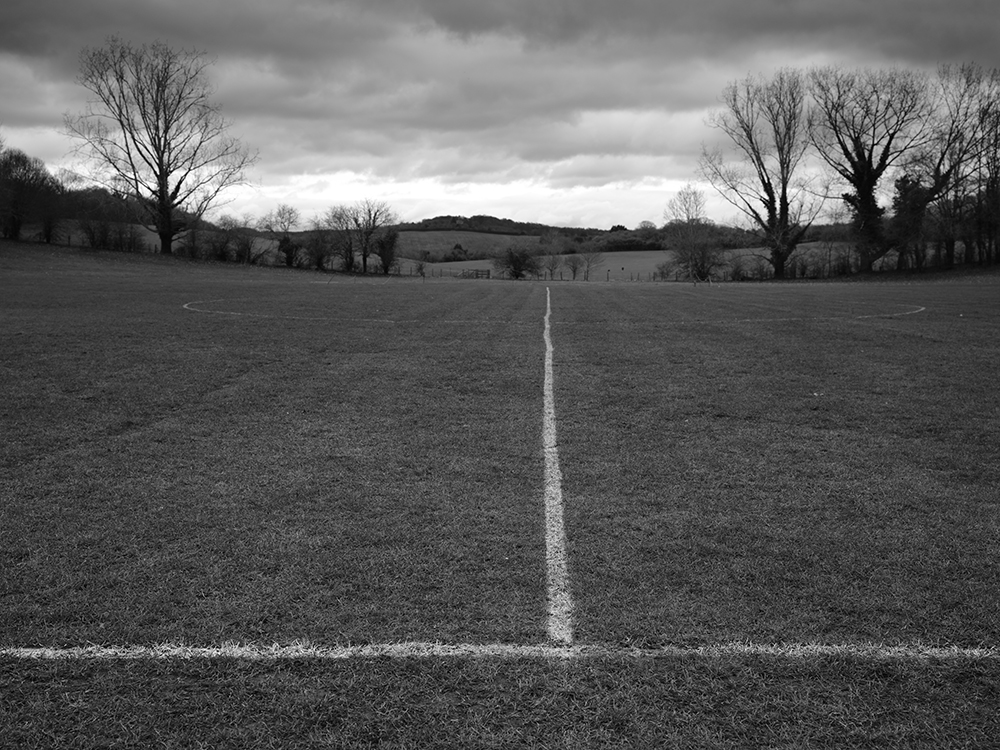Walk #9: Maidensgrove Common to Ewelme (6.5 miles)
The bell chimed for the 7th time in the tower of the 15th century church and the taxi still hadn’t arrived! I was beginning to think I’d been forgotten until my phone sprang into life:
“Matt?”
“Yes!” came my reply.
“I’m outside the church. Where are you?”
“Outside the church! Parson’s Lane?”
“Oh! I must be on the other side. I’ll see you shortly.”
As I got out of the taxi and turned towards The Chiltern Way path, a Muntjac deer met my gaze. We stood, motionless, for a good thirty seconds, then the deer calmly lowered its head, sniffed the ground, looked up again, and darted off into the woods.
From research, today’s route consisted mainly of ridges with steep-sided valleys dotted with woodland and hamlets, plateauing at the south-west edge of the Chilterns chalk escarpment to look across the middle of England. The vast majority of the walk was through Swyncombe Parish, an area historically associated with the wood, farm and brick industry, but over time its typical Chiltern charm has attracted affluent commuters working in professional and managerial occupations.
I descended quickly from Maidensgrove Common, ducked inside Big Ashes Plantation and then looked over Berrick Trench – a Site of Special Scientific Interest due to its categorisation as a rare and ancient semi-natural calcareous beech wood on the slope of a dry valley. You will also find oak, whitebeam, field maple, hazel and ash, the latter being under severe threat from Ash Dieback.
According to the Woodland Trust, Ash Dieback will kill around 80% of UK trees, at a cost of billions of pounds. This will detrimentally impact not only the perfect habitat it offers for wildlife, but also the prosperity of businesses that use this toughest of hardwoods to produce tools, sports handles and prized furniture. Norse Mythology viewed Ash as the tree of life and even today it is sometimes known as the Venus of the Woods. My fleeting glimpse didn’t instil confidence that there was much life left in these trees.
Since producing ‘The River Meadow at the Pile of Stones’ in 2020, these walks have allowed me to explore further my creative practice; the relationship between humanity and the environment. I have recently discovered British photographers John Blakemore and John Davies. At first glance, the photographer I immediately connected with was John Davies, in particular his series ‘British Isles 1979-2009’. He describes his thoughts on landscape on the Michael Hoppen Gallery website:
“To view the landscape as a pictorial composition of elements is simplistic. To perceive the landscape within a set of rules (art, science, politics, religion, community, business, industry, sport and leisure) is a way people can deal with the complexity of meanings that are presented in our environment. We are collectively responsible for shaping the landscape we occupy and in turn the landscape shapes us whether we are aware of it or not.” – John Davies.
Upon reading this I had a moment of epiphany. That’s similar to what I have been trying to express. Davies is more eloquent and established than me but, pleasingly, his introduction into my sphere of influence has given me renewed vigour and enthusiasm for what I am trying to express through my photographs. Because I have spent the past 30 years largely working to a brief on photography commissions, I have found it challenging to trust my own artistic concepts and experiment – I’m always seeking assurances that it will fit the brief. Fear of rejection breeds doubt, but it is liberating to push the boundaries of acceptance and bare your creative soul to all. With ‘The River Meadow’ being embraced beyond my expectations and subsequent explorations giving me confidence, discovering the two Johnnies has inflated my desire for creative adventure.
The middle section of this route became somewhat mundane: as the landscape levelled, so did the previous geographical drama. Once I had reached Oakengrove Copse, my stomach started crying for attention, so I began my search for a nice spot to eat lunch. No sooner had I taken this photograph, I began to climb steeply, and the true magnificence of the chalk escarpment was revealed.
I found my lunch spot overlooking the vast expanse of the Berkshire, Wiltshire, Gloucestershire and Oxfordshire countryside. I gazed towards the Wittenham Clumps, made famous to me by one of my favourite artists Paul Nash. The tranquillity was only permeated by the deep chugging throb of Chinnok Helicopters coming to land at RAF Benson just below the hill and, slightly startlingly, a young man with two dogs, one of which was lead-less and looked slightly intimidating.
“It’s ok! They won’t hurt ya!”
“That’s what they all say”, I thought. But 26-year-old car mechanic Jason, french bulldog ‘Sky’ and the appropriately named bullmastiff ‘Arnie’, proved to be friendly company, and we chatted about the benefits of walking and being in the outdoors.
“It’s just freedom!” exclaimed Jason. “Recently, we’ve moved three times and every time I’ve insisted, we move somewhere we can easily walk, relax and de-stress. Mental health-wise, which is massive at the minute, I just think it would help a load of people if they got out, did a bit of exercise and started walking around, it would make a massive improvement. But people don’t do it unfortunately, the more they don’t, the worse it gets, as brutal as it sounds.”
Given my love of walking, I wouldn’t disagree. We said our goodbyes and headed in different directions. I was heartened by a youthful man like Jason being so enamoured by the outdoors.
I climbed another chalk down along a narrow path that reminded me of ‘A Line Made by Walking’ by British artist Richard Long. My feet were beginning to ache, so I was glad to see the village of Ewelme appear over the next brow. I walked through Ewelme Recreation Ground and, more importantly, to my car, then paused to view the surrounds, and in deference to Richard Long and John Davies, photographed a language of land use universally recognised across the world.
Matt Writtle is a photographer based in Chesham, Buckinghamshire.
SM: @mattwrittle @capturethechilternhills – www.capturethechilternhills.com

